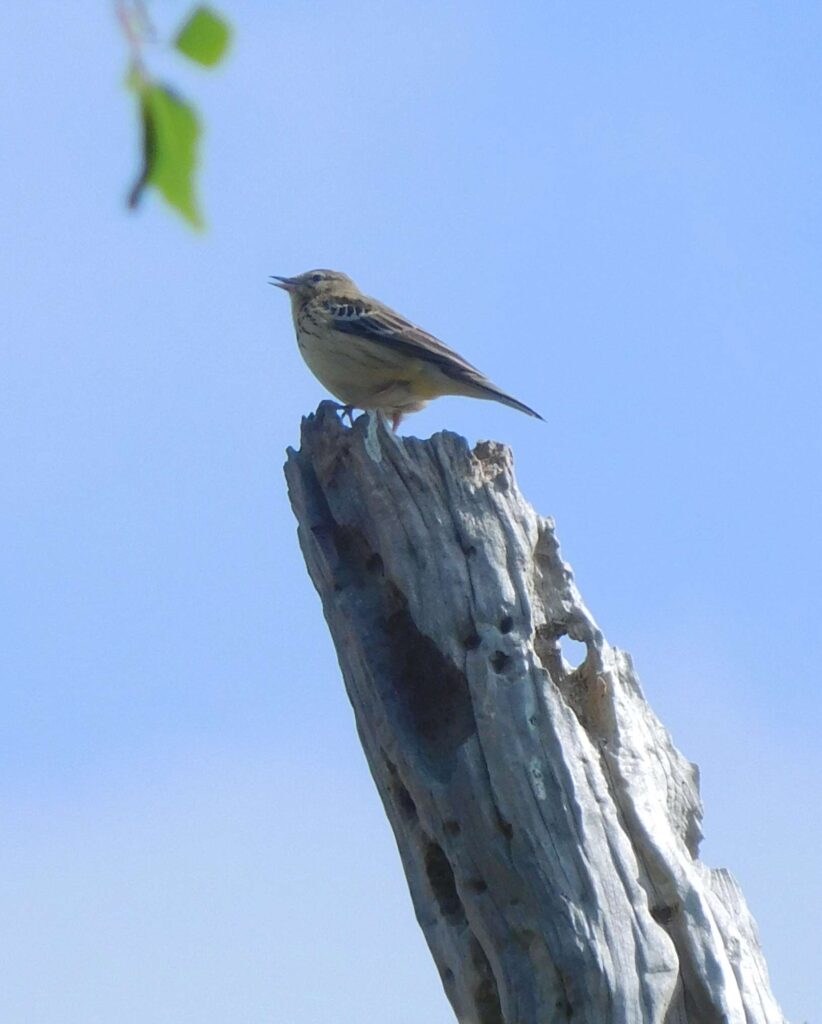
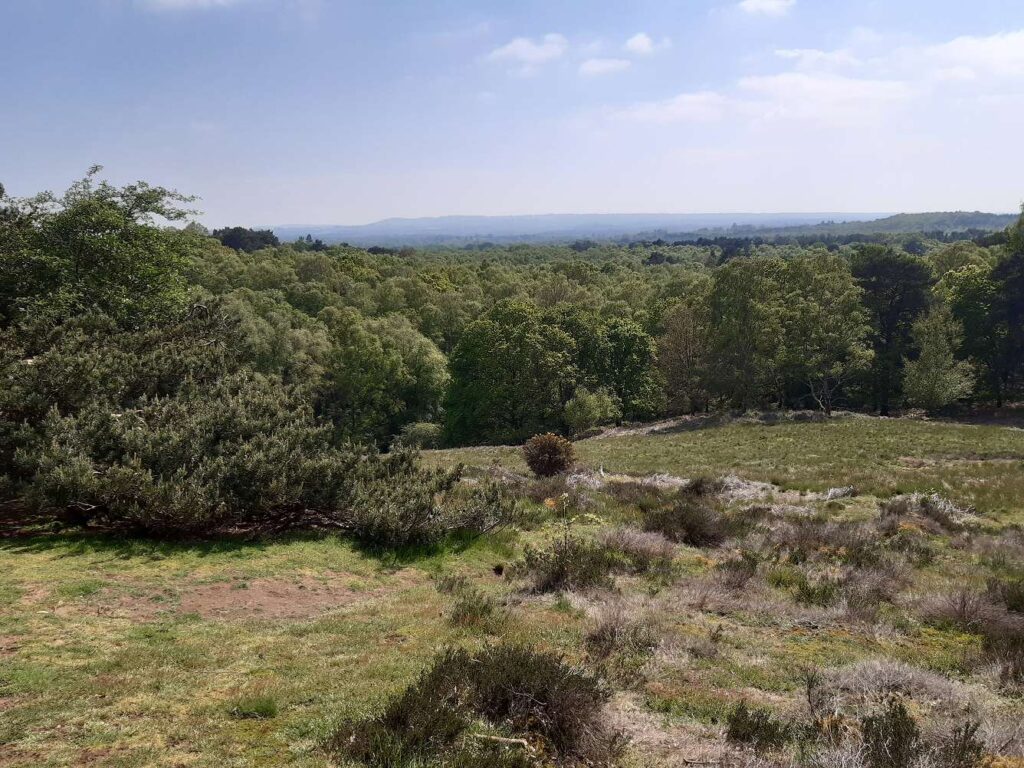
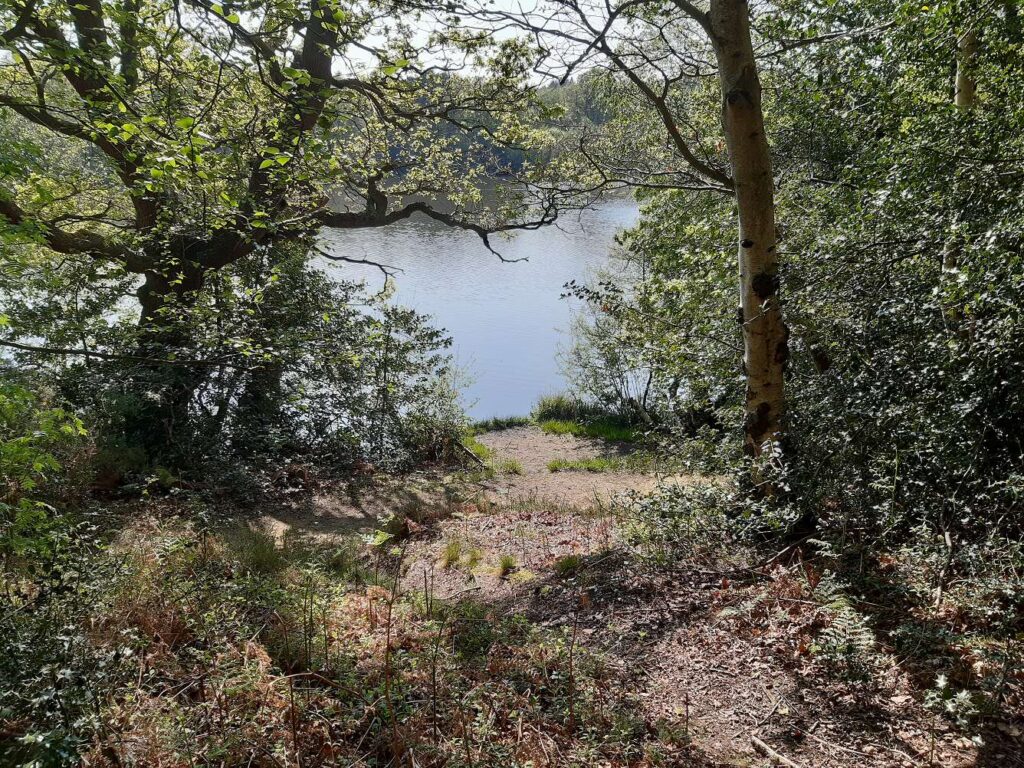
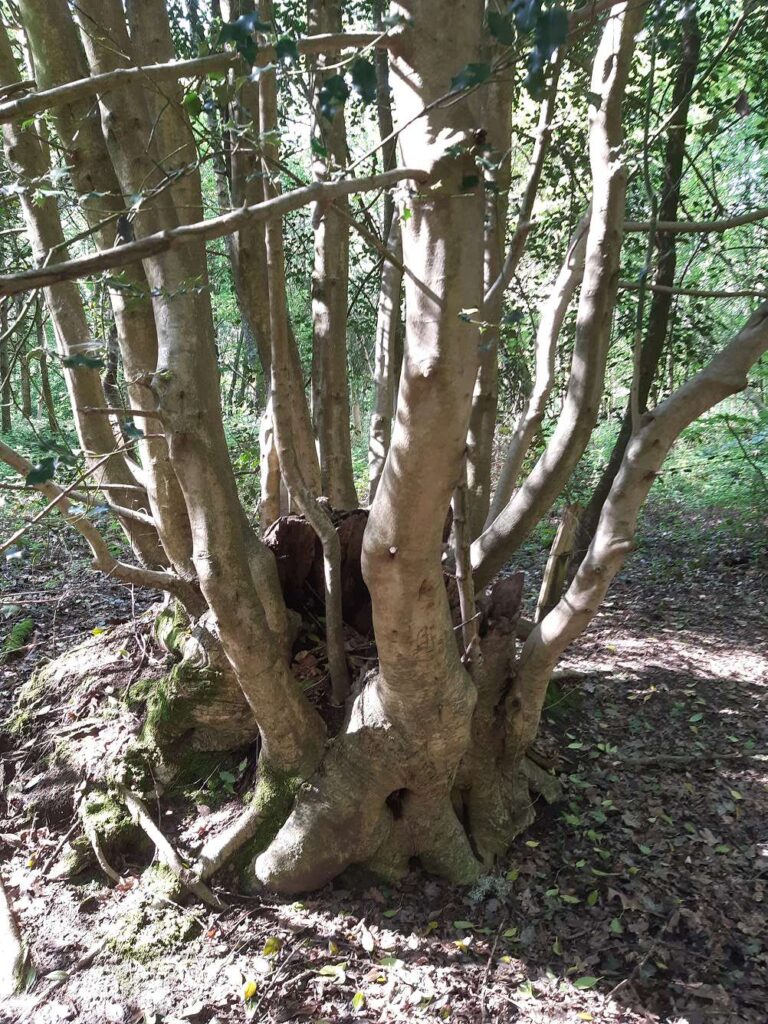
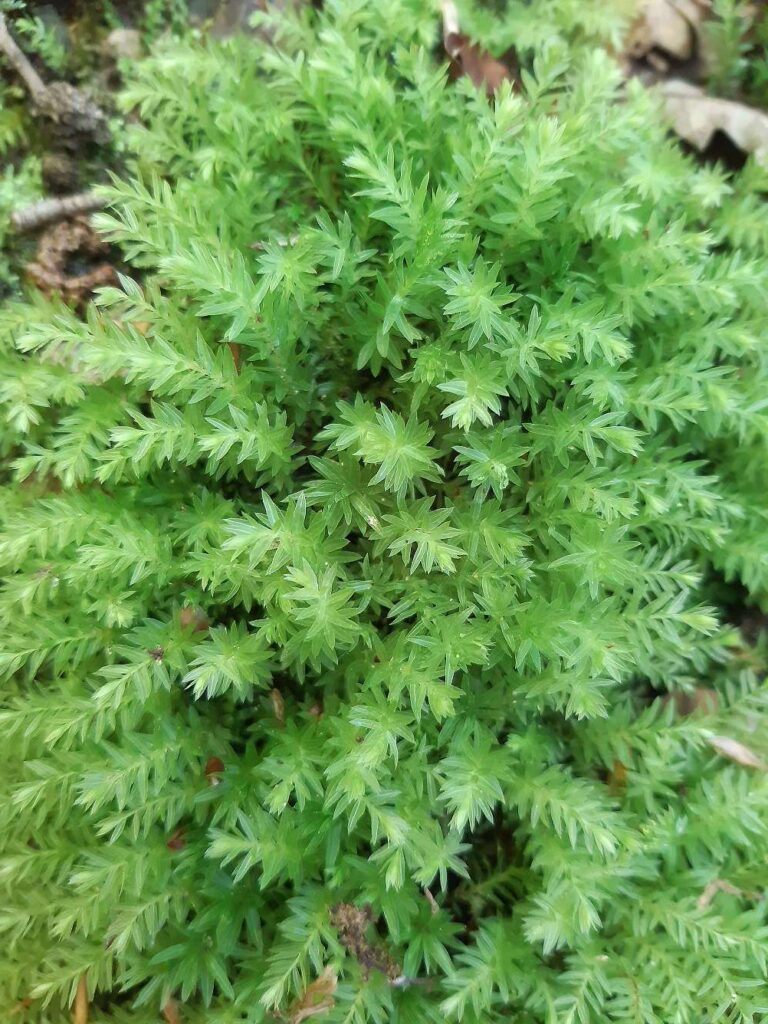
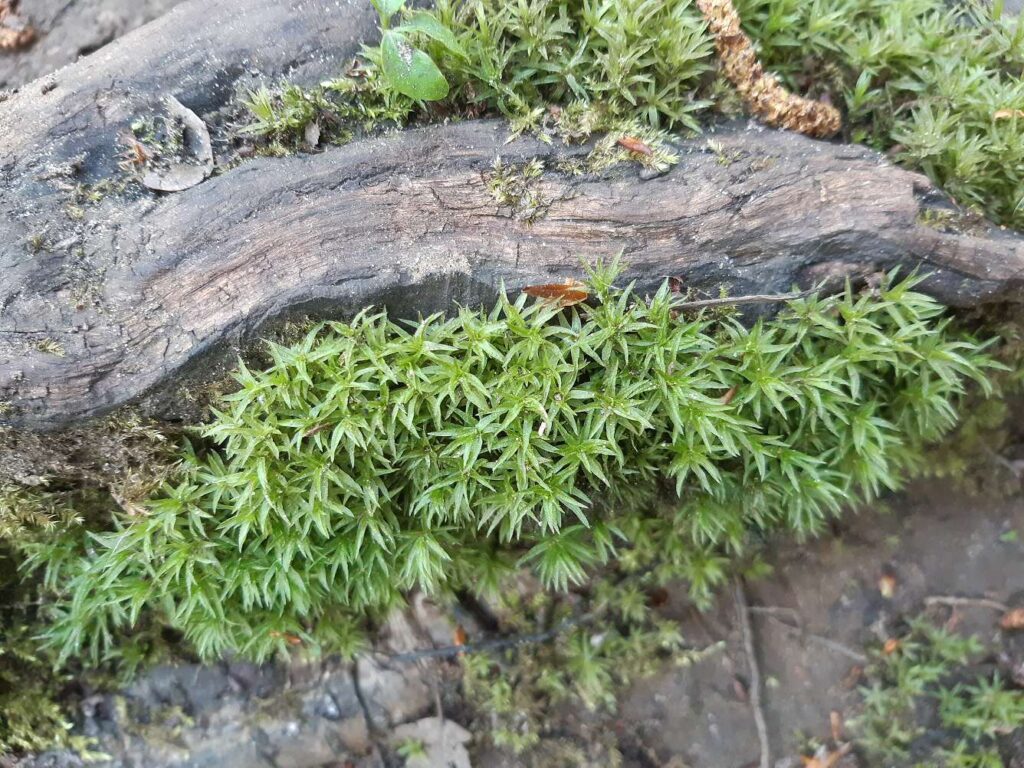






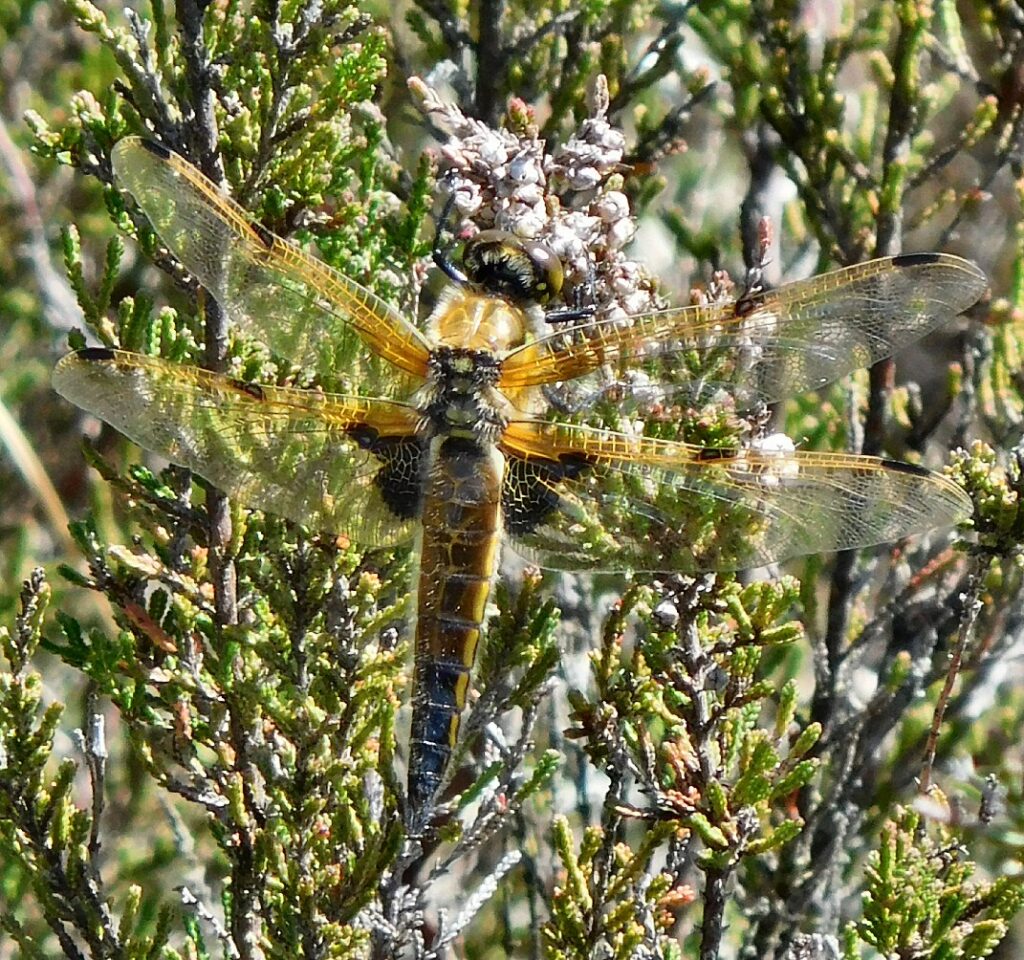
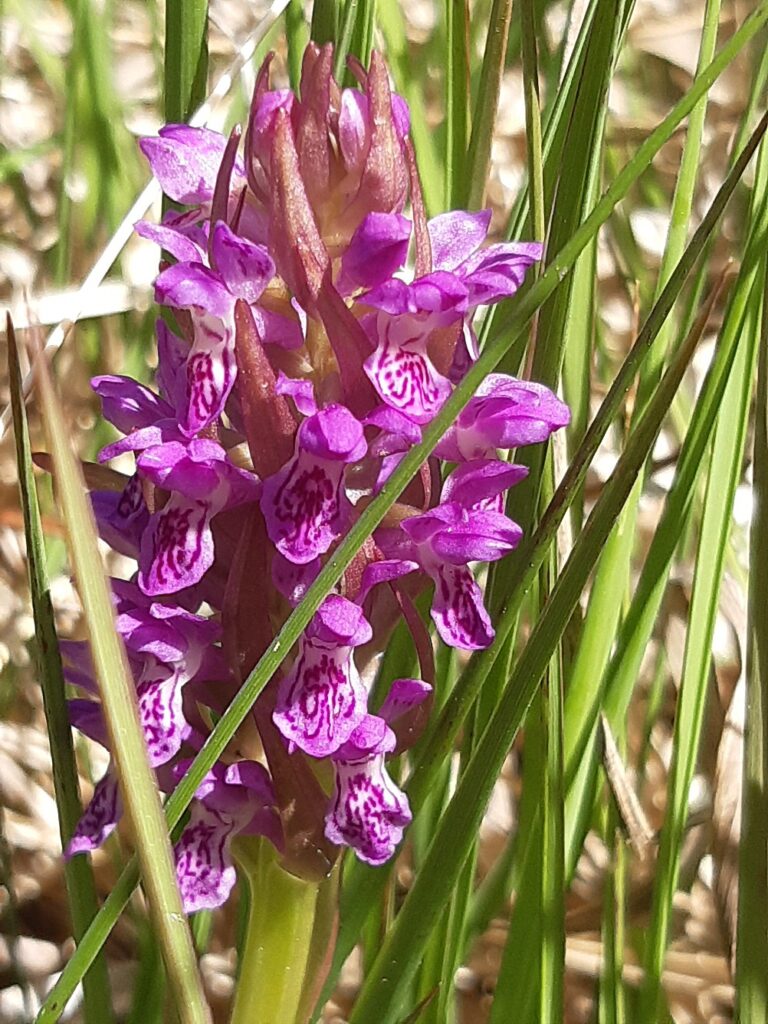
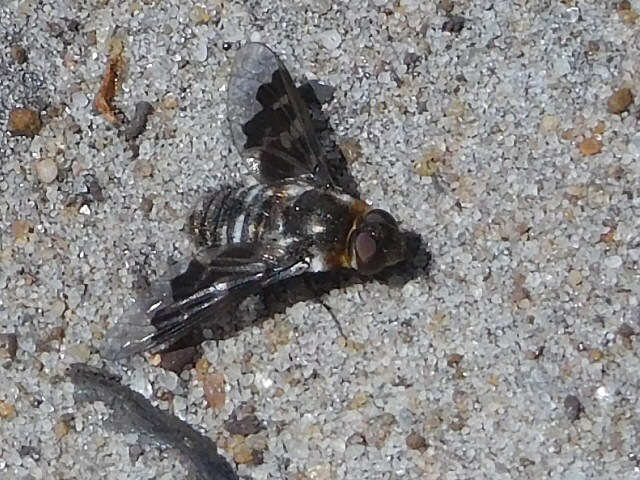
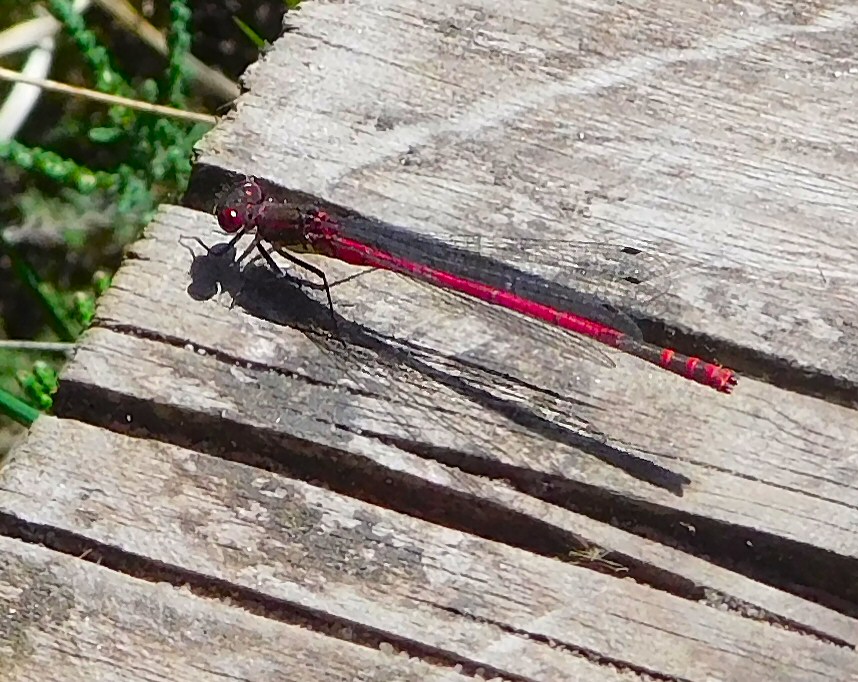
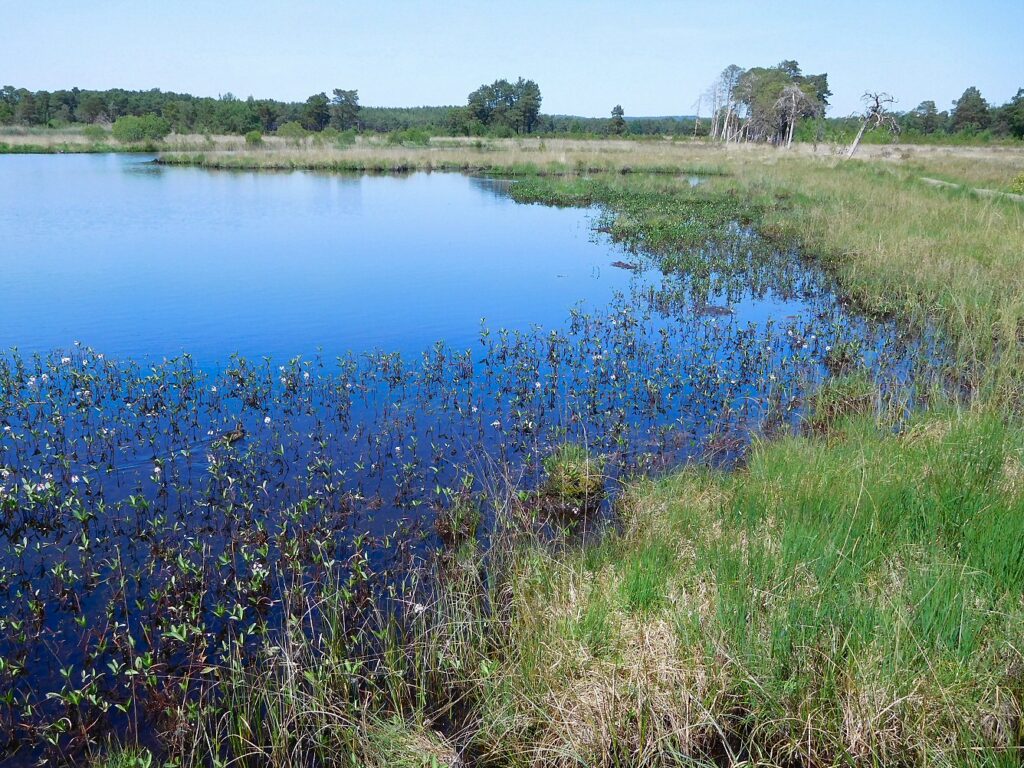

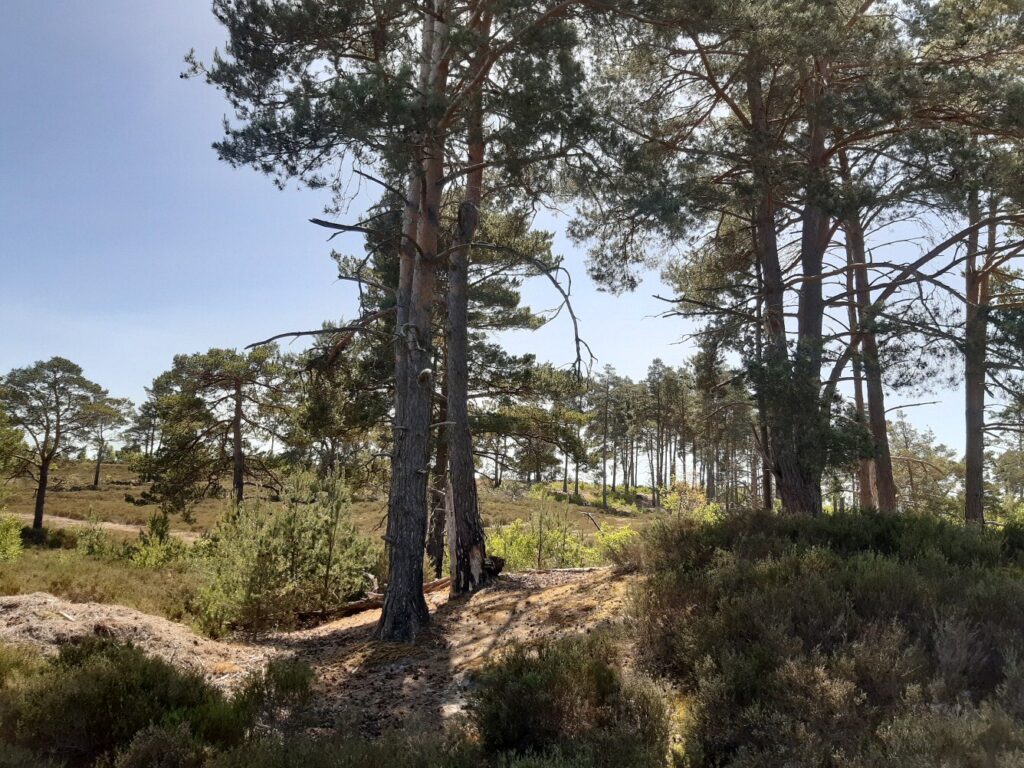
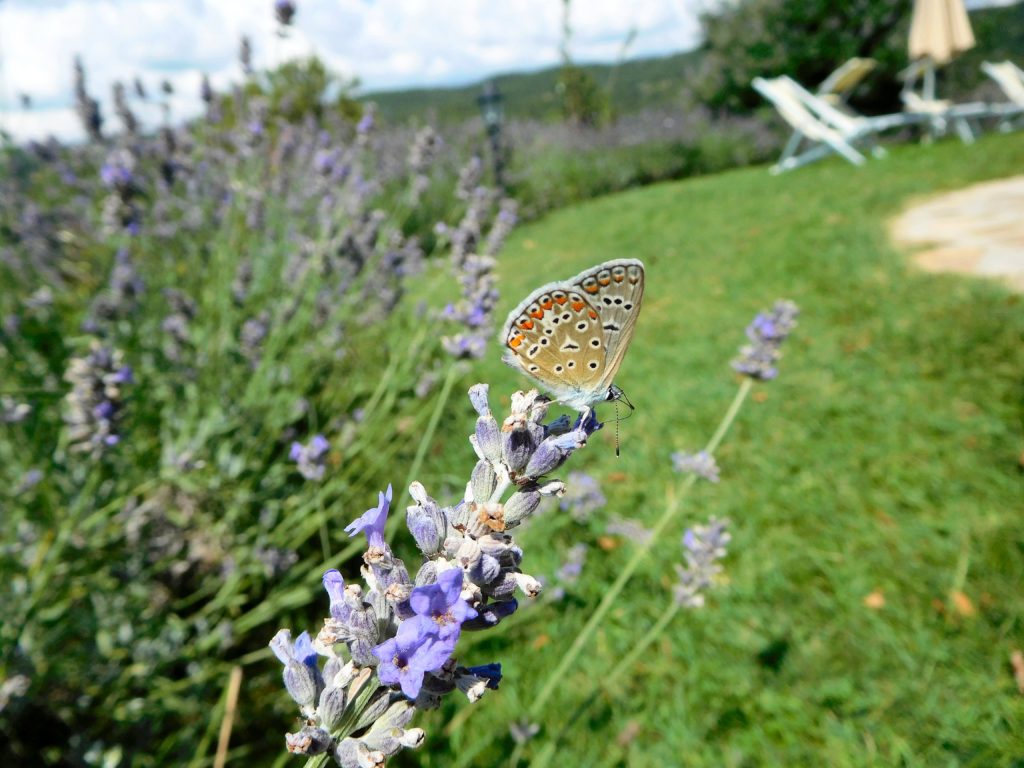
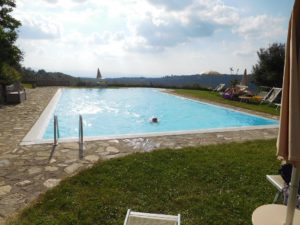
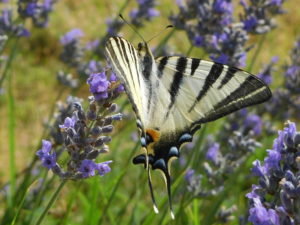
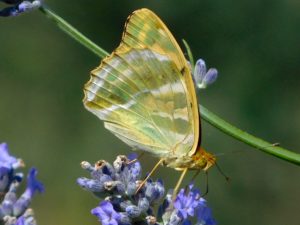
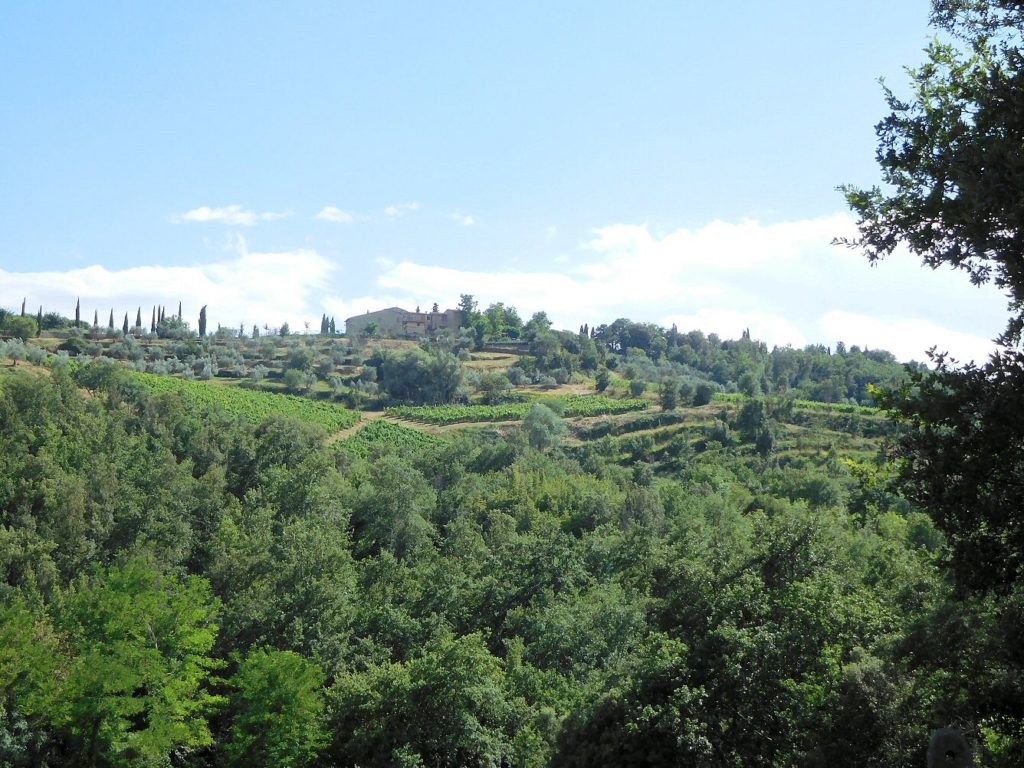
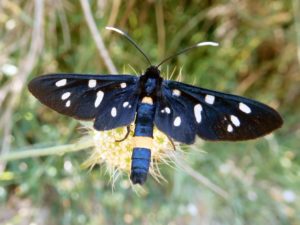
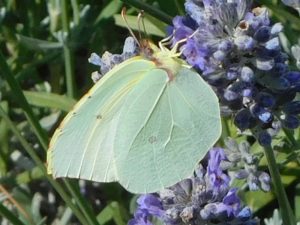
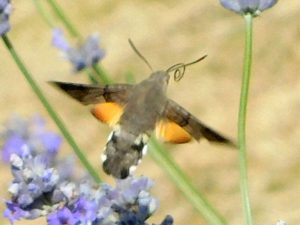
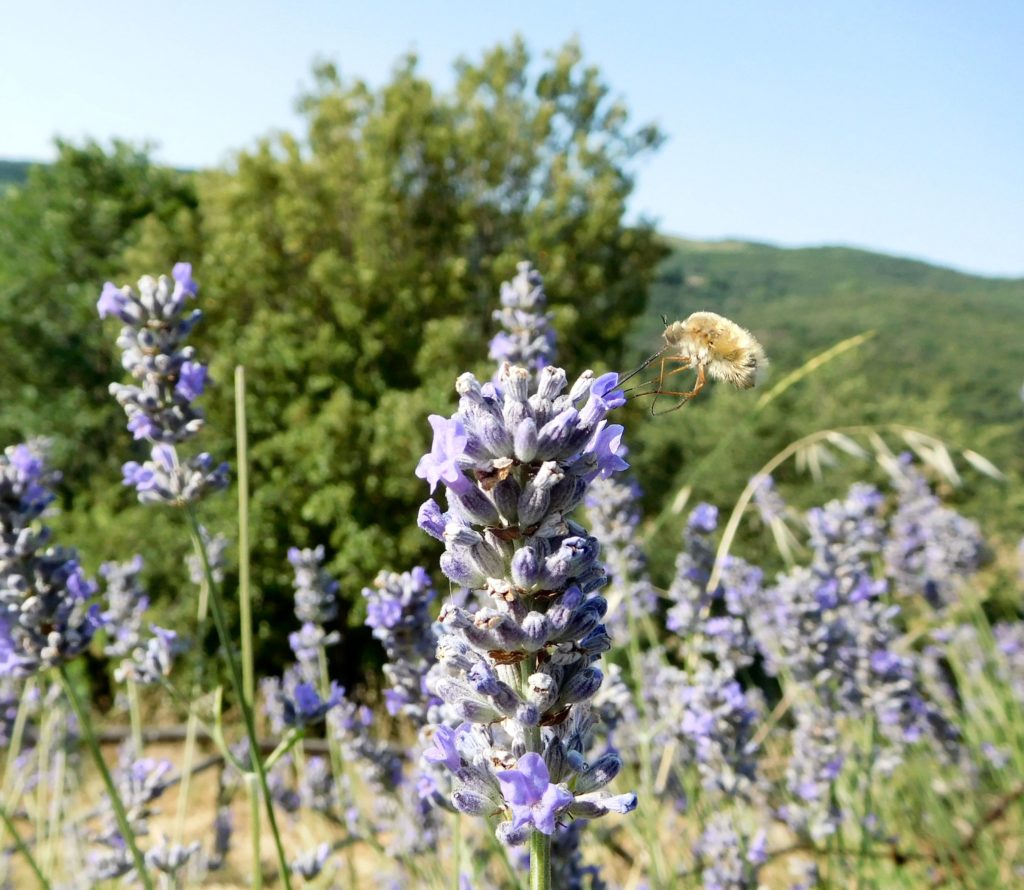
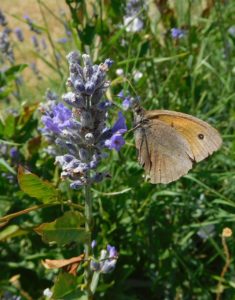
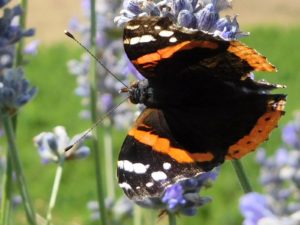
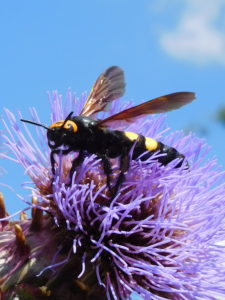
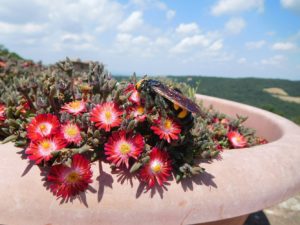
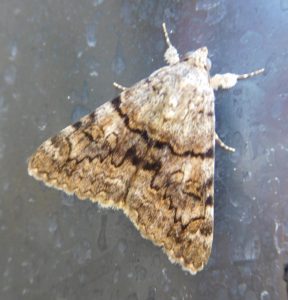
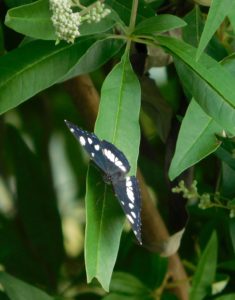
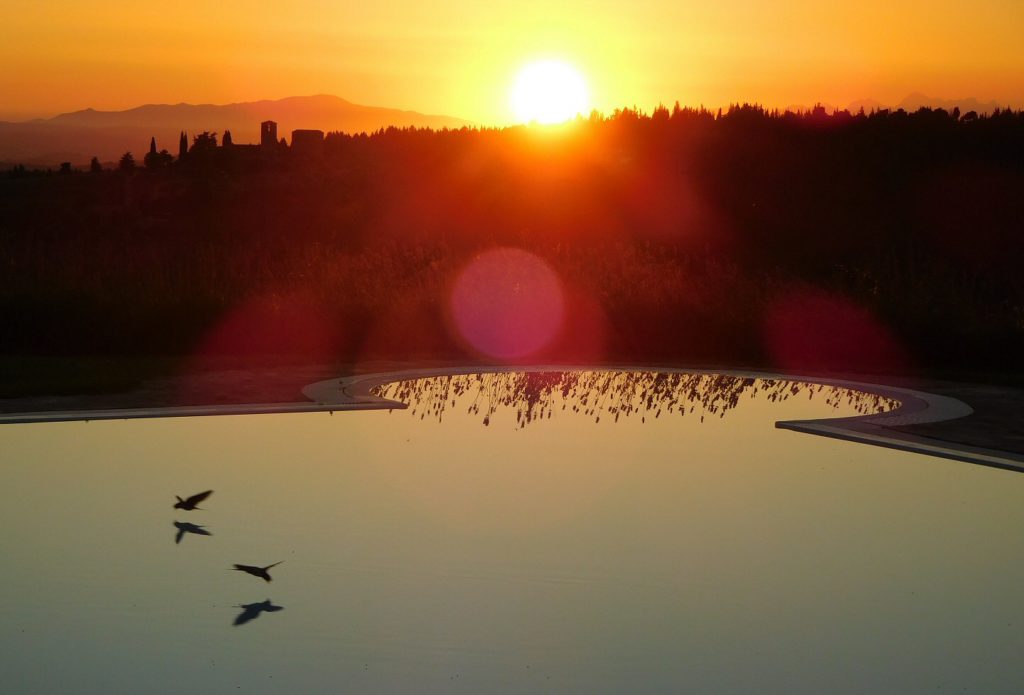
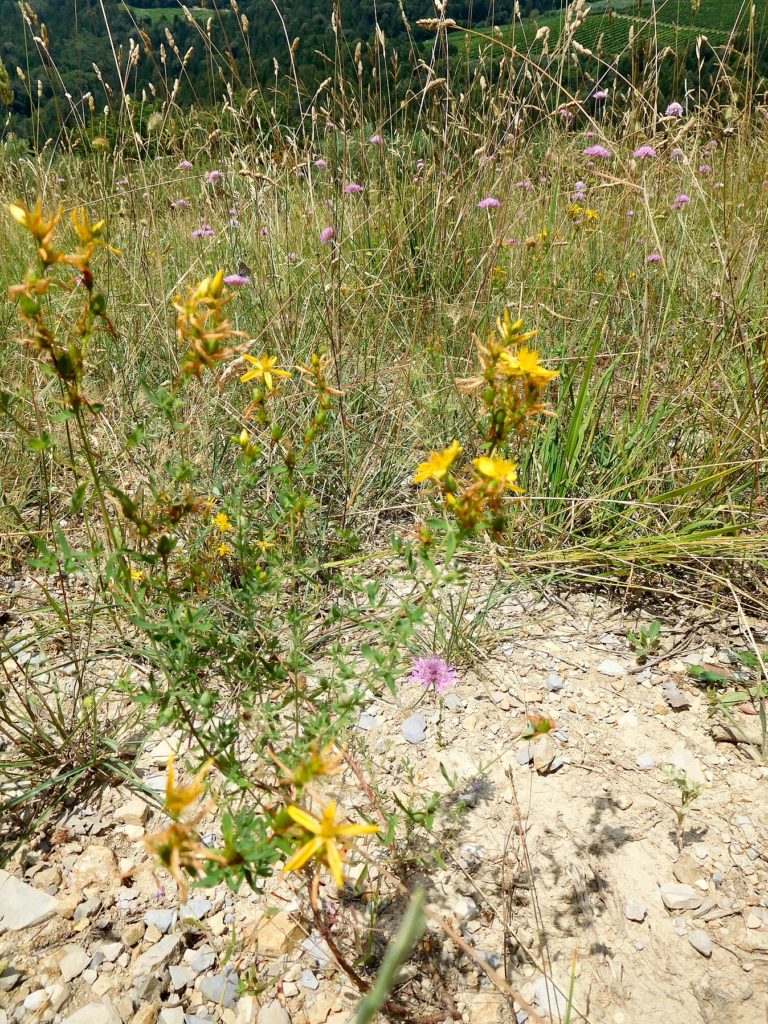
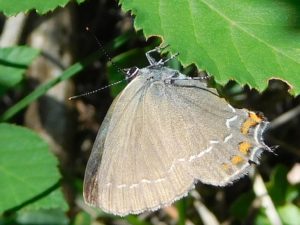
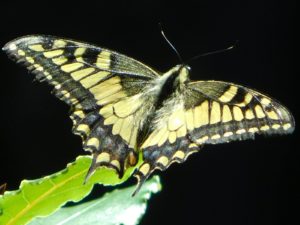
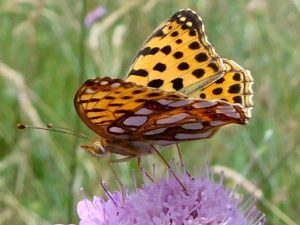
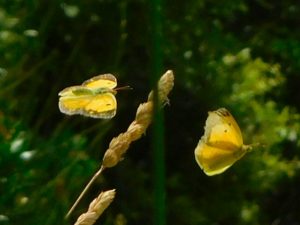
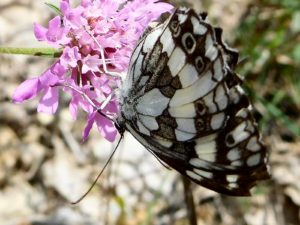
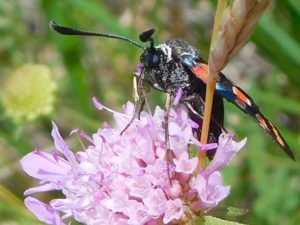
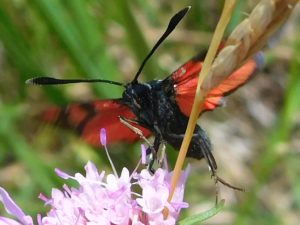
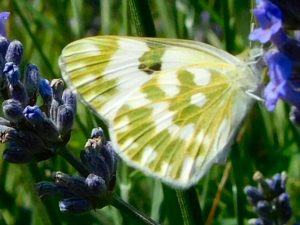
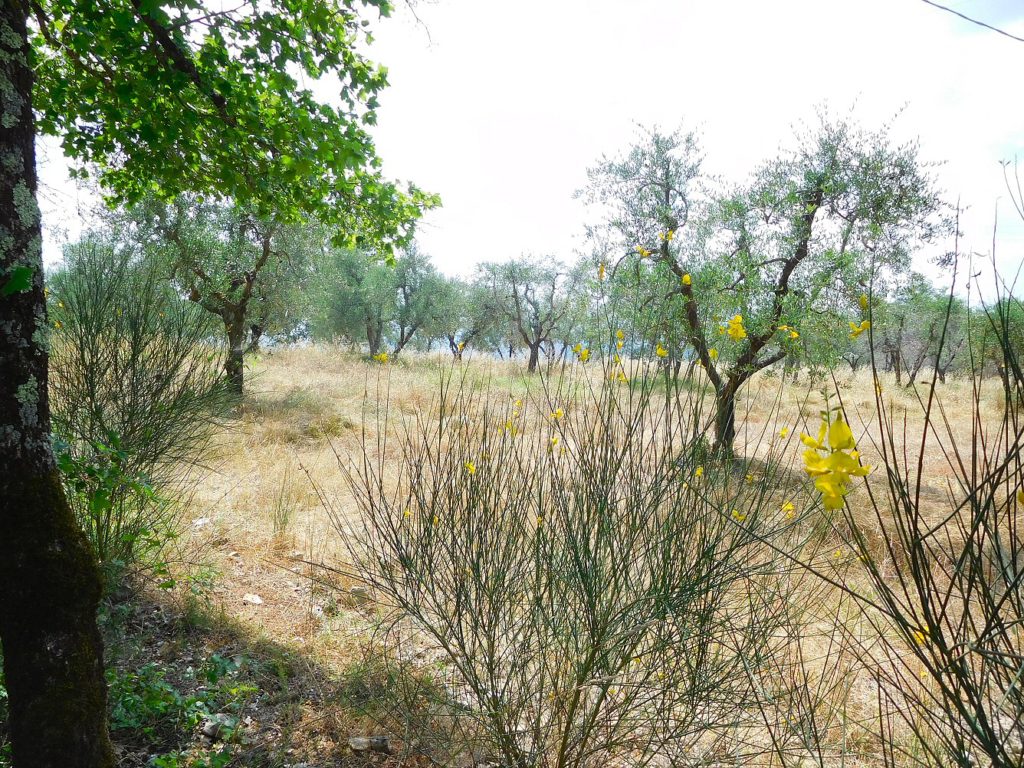
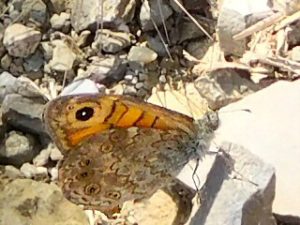
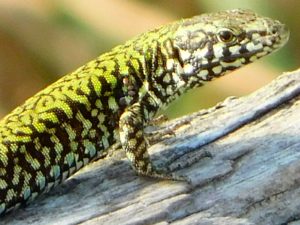
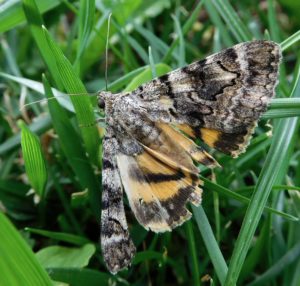
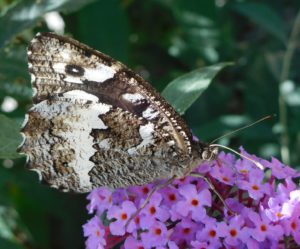
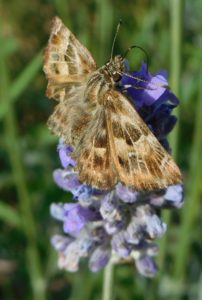
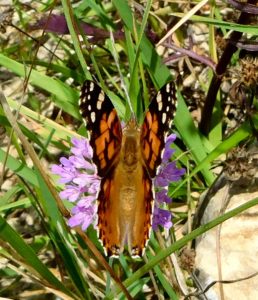
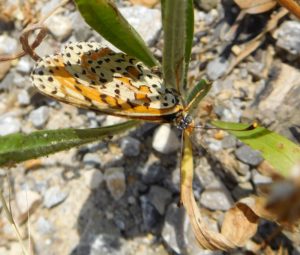
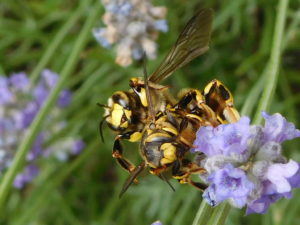
Although it was a bit late in the season for them, we saw half-a-dozen fireflies in the woods by the strada bianca (unmetalled road) and among the olive trees, half an hour or so after sunset.
I made no attempt to photograph birds, but a Hoopoe flew over the pool, and Turtle Doves cooed nearby. A Cuckoo called from far across the valley; a Song Thrush sang; a Green Woodpecker gave its laughing cry. White Wagtails flew up to the roof, and Italian Sparrows hopped about. Goldfinches twittered in the trees. A Sardinian Warbler raced for the cover of the trees, its black crown conspicuous; a Melodious Warbler sang from the woods. In the night, an owl called, it could have been a Scops Owl. And of course, Cicadas buzzed and Bush Crickets chirped all day long.
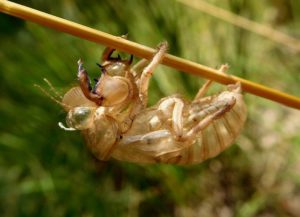
All photos © Ian Alexander 2018
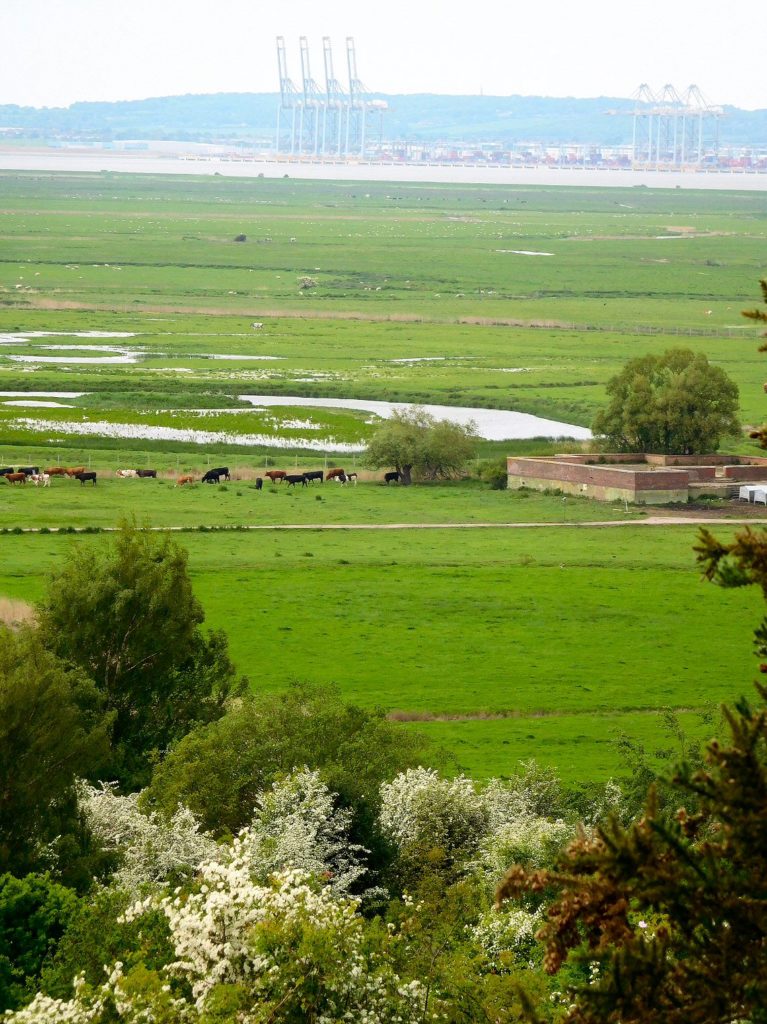
Well there are some things one just has to do, even if it means braving the traffic. Nightingales, once common all over the south of England, can now only be heard in a few special places, and Northward Hill is one of them. There are some others in the southeast, like Lodge Hill, and guess what, they want to build houses all over it. Better go and enjoy the birdsong while it lasts.
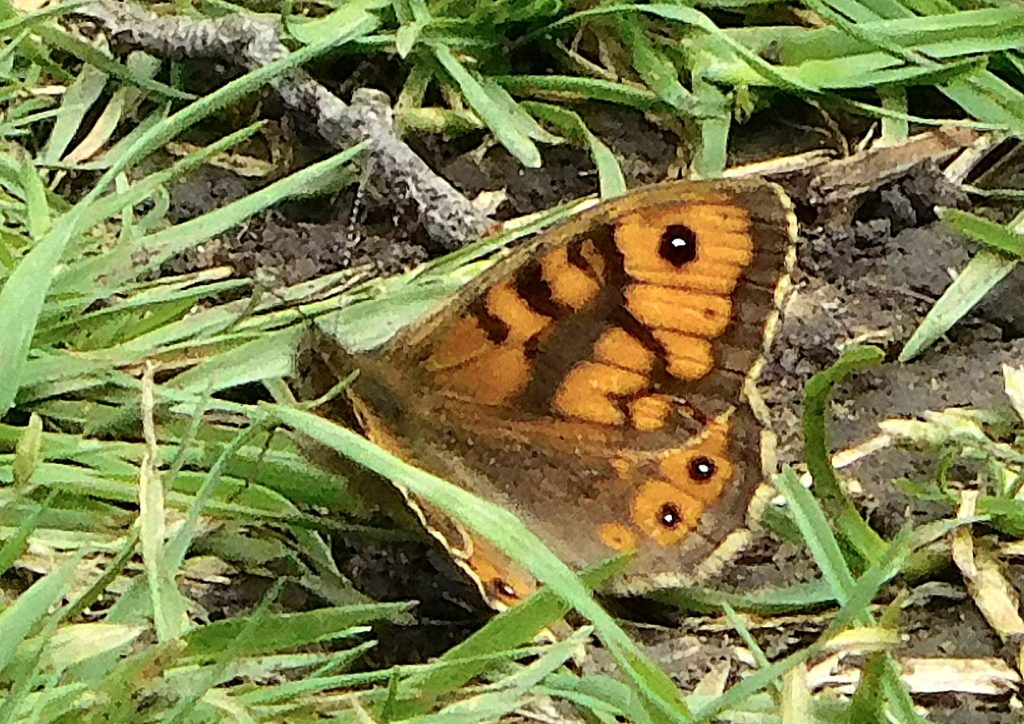
I was greeted by the song of blackbird, chaffinch, robin, song thrush, and wren as I walked in. A few ‘whites’ – large white, orange tip, green-veined white – skittered about as I reached the attractively rough scrub of hawthorn in full May blossom, blackthorn, wild pear, wild plum, and wild cherry, topped by the occasional whitethroat singing away scratchily.
Into the woods, with a handsome old cherry orchard on the right. Some of the oaks were straight out of Lord of the Rings, splendidly gnarled, knobbly, with massive trunks and holes to hide a good few goblins in.
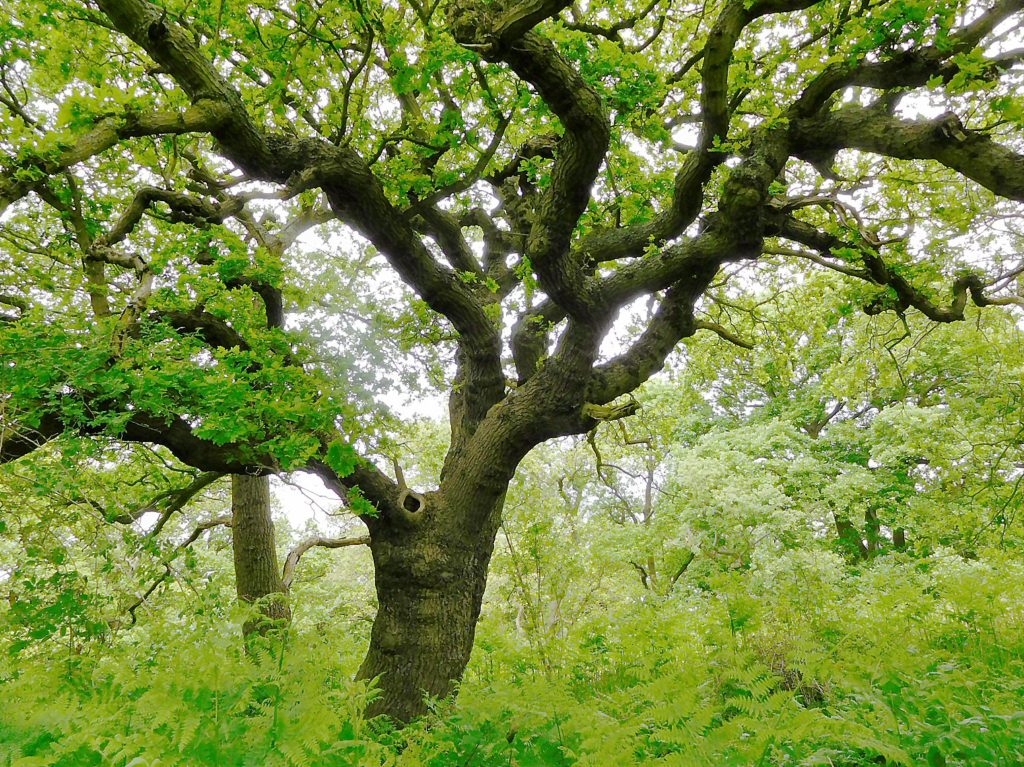
And yes, sure enough, a nightingale obliged by singing its hesitant but amazingly rich and varied song from the thick cover. A little further, another; and a cuckoo kindly sang its unmistakable song from an oak almost in front of me, then with a ‘gok’ call flew, sparrowhawk-like, from the tree, a special sight.
Down to the hide overlooking the pool in the top photo; I wasn’t expecting more than a coot and maybe a mallard, but there were breeding lapwings chasing off the crows; breeding oystercatchers, and an avocet sitting with them; and a couple of solitary little egrets, stalking and stabbing at small fish or frogs. A redshank gave its wild teuk-teuk-teuk call and flashed its wingbar briefly.
Overhead a few swallows flitted about, and three swifts raced over the marsh.
The Hoo Peninsula is still a wild, spacious, lonely place, even with the swelling villages. You can see the Shard and Canary Wharf in the distance (some 30 miles); the river with its cranes and giant ships is ever-present; but the North Kent Marshes are special, as is Northward Hill with its fine old woods, still unspoilt for birds. Go and see it while you can.
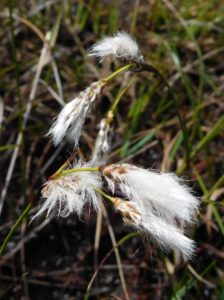
A bright, breezy, and much cooler day (16 C, not 29 any more) was just perfect for a visit to Thursley. Perhaps many of the dragonflies decided not to fly: I saw one Common Darter and (I think) one Brown Hawker, and nothing else, so anyone who went along hoping to see the Hobbies hawking for dragonflies by the dozen will have had a wasted trip (and indeed I saw several extravagantly camouflaged types with gigantic telescopes standing about looking very bored).
But everything else was in full swing. A Cuckoo called from the pinewoods. A Curlew gave its marvellously wild, bubbling call from the open marsh. A Dartford Warbler gave me the best view ever of its rufous belly and long tail, as it sat low in a scrubby Birch, giving its rasping anxiety call repeatedly. I enjoyed the view through binoculars. By the time I remembered to take a photo it was half-hidden again.
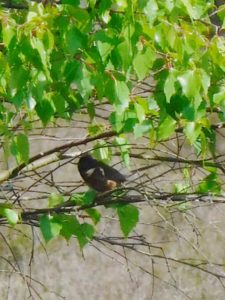
A Stonechat gave its scratchy call from a small Birch, then hopped up to some Pine trees (so, a distant shot).
A few Chiffchaffs called from the woods; plenty of Whitethroats sang from the regenerating Birches that are encroaching on to the heath. A Green Woodpecker gave its fine laughing call.
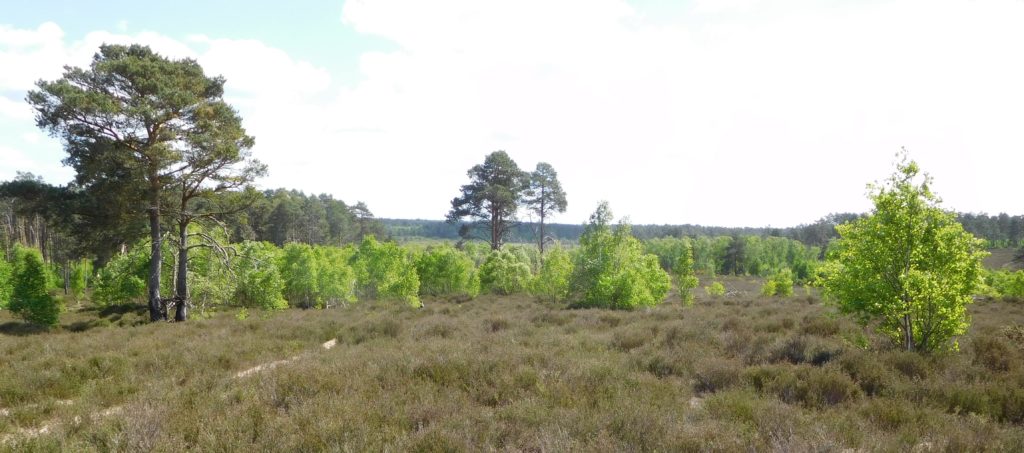
So I heard three warblers today to add to the four yesterday, so seven singing warblers in 24 hours, a little bit special.
The lichen flora on the heath was quite beautiful, with Usnea beard lichen, leafy Parmelia, bristly Ramalina (all on old Heather), and elegant Cladonia potscourer, cup, and stalk lichens (three species).
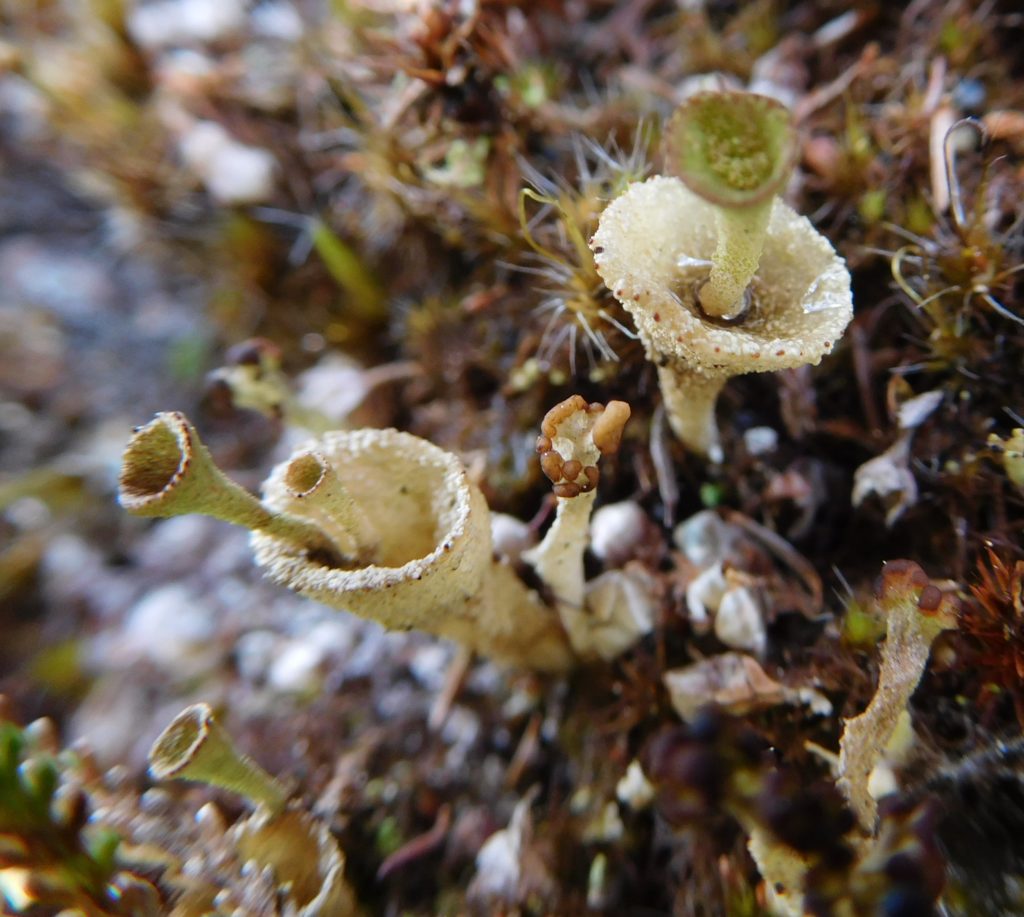
A Linnet sang from the top of a Birch. Goldfinches twittered and flitted about.
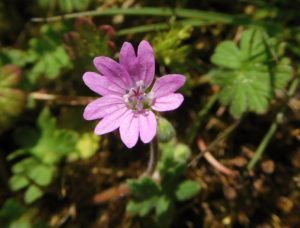
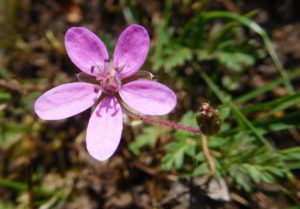
And on the path out, a Hobby leapt from a tree right in front of me, where it had been sitting watching the bog pools, waiting for dragonflies to come out and display themselves. It flew round and up, then circled, soaring, away to the south. Perhaps it was the one the twitchers had been waiting to see flying all morning.

It was a delight to be able to take some time in the almost miraculously preserved Lake District, the landscape seemingly unchanged from a century ago. The real changes are in the main carefully hidden away: cunningly concealed caravan parks, sensitively expanded hotels and guest houses, visitor attractions built of grey slate and tucked behind walls or trees. One change cannot be hidden: the narrow lanes carry twice, no, four times the traffic of thirty years ago, and it travels at murderous speed. Some of the young men in their shiny red cars race along the few straights and around blind bends, trusting and assuming (without thought) that the other driver knows the road as well as them, has the same speed of reaction, and will have space to pass. Given that the other driver may well be a foreigner in a slow, bulky camper van, or old and frail, or talking on the phone, or tired, drunk or just not quite as perfect as the young bloke in his speed-wagon, this may not be justified. Pedestrians and cyclists, too, take their lives in their hands. The park authority ceaselessly balances the conflicting pressures: facilities for the millions of visitors, landscape, wildlife, jobs, houses, schools and shops for the residents, car parking (as pricey as any city in the most popular spots). They have done an admirable job.
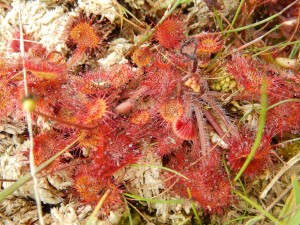
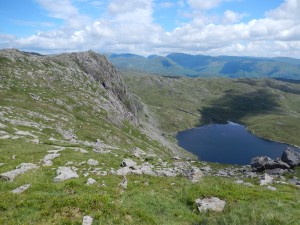
The marvellously clean landscape of rock, grassland and glacial lakes appears so fresh on a fine day that it hardly seems feasible: it is sharper than a diorama illustrating geomorphology, and much more beautiful.
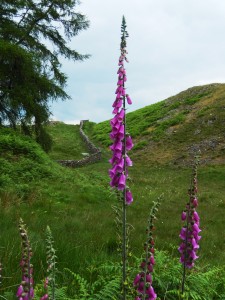
Sometimes the common flowers surprise us with their beauty. These foxgloves stood proud and tall in their hummocky landscape.
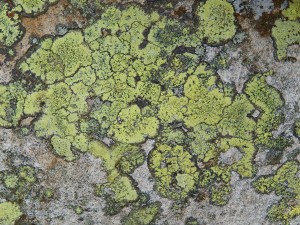
The lime-green of the geographic or map lichen forms delightful maps of imaginary continents on the grey slate.
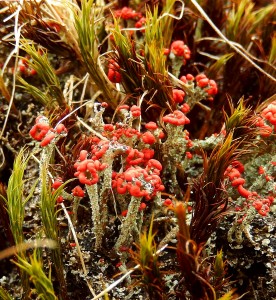
The artist Maurits Escher admired the apparently simple form of mosses and ground-living lichens like the gorgeously coloured Cladonia floerkana: but he quickly realized how complex they were when he started to draw them.
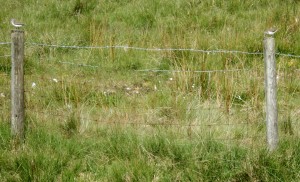
I was happily surprised to see these Common Sandpipers flying about and calling loudly: I really hadn’t expected to see them away from both forests and sizeable bodies of water: clearly, they don’t need much.
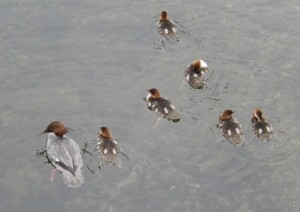
The Goosander is almost a rarity, breeding in not many thousands in Britain; but it is not shy, as this family seen from the bridge over the Rother in Grasmere demonstrates. The ducklings showed off their striking spotted pattern.
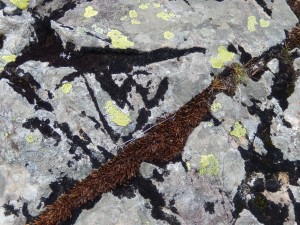
On Yewbarrow in Wasdale, we enjoyed the views of lake and mountain, and glimpsed a Golden-Ringed Dragonfly: not really mistakable for anything else, the size of an Emperor Dragonfly and strikingly black-and-yellow with incomplete rings.
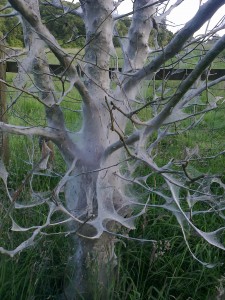
Back at our guest house, Marsh Tits visited the bird feeders, almost as relaxed as the resident Blue Tits. On the Cumbrian Way, walking down to the pub at Skelwith Bridge, we saw this extraordinarily ghostly tree, leafless and covered all over with silk, lightly decorated with caterpillar frass. The poor tree had been totally defoliated by the tent caterpillars. Since I doubt the Gypsy moth has reached the Lake District yet, this might be a Processionary moth, perhaps.
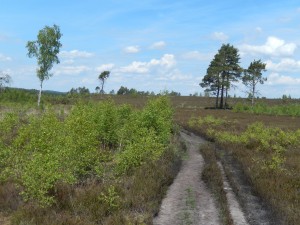
Thursley Common is one of those few, special places where the quiet visitor is almost guaranteed a beautiful experience of nature, at least if busy weekends are avoided. The area of a few hundred hectares offers several habitats, all acid: pine forest; dry sandy heath with heather, gorse and birch scrub, ideal for Whitethroats and Stonechats; acid bog with sphagnum, bog-cotton, marsh orchid, round-leaved sundew; bog pools buzzing with dragonflies; open water with teal and tufted duck.
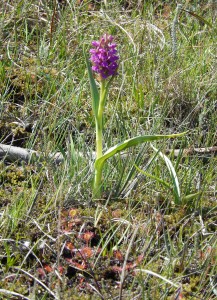
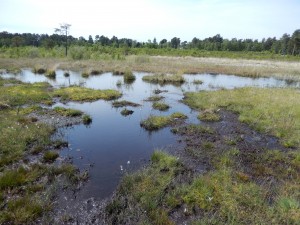
Over the pools were half-a-dozen swallows in a loose flock, mostly flying high, keeping a wary eye out for hobbies. Two hobbies at least flew across the heath on their long grey wings, diving at speed to snatch dragonflies low over the water. A cuckoo called from the pines; another replied cuck-uck-oo from the other side; one flew hawklike across the heath, its wings remaining almost entirely below its body, an odd and very distinctive flight pattern.